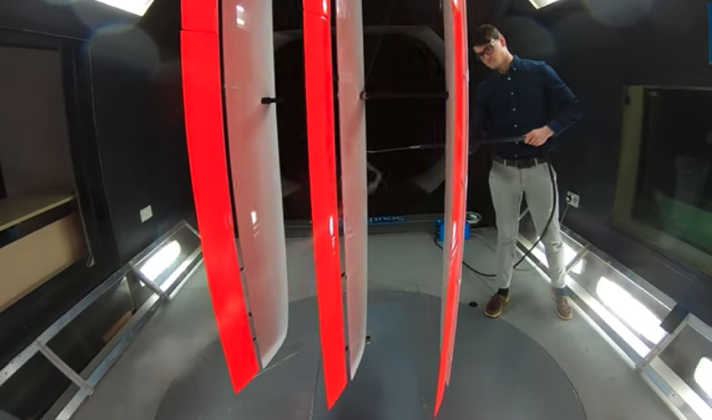The Windship model has been tested in the Mitchell-Wolfson Unit Wind Tunnel at the University of Southampton. The tests have shown a thirty per cent reduction in fuel use and emissions, which also validated the results of CFD testing.
The wind tunnel tests were attended by industry experts, prospective clients in the shipping, commodities and petrochemical sectors and UK government officials.
Fixed wing sail technology
The patented UK designed Windship rig system is said to be one of the most powerful fuel and emission saving wind systems in the market. It is to help the shipping industry achieve the fifty per cent reduction in emissions by 2050, as required by the IMO. That organisation has recently acknowledged wind propulsion as one of the solutions for the shipping industry to meet decarbonisation targets, as outlined in the MEPC_C75_Inf26.
The solution, known as the Windship Auxiliary Sail Propulsion System (WASPS), uses fixed wing sail technology, whereby three 35-metre high masts installed on the deck of a vessel will each have three aerodynamic wings fitted to exploit the power of the wind. The system allows reductions in engine power to be made in order to achieve the same speed and so maximise fuel savings and emissions reduction.

According to Windship Technology, the system combined with reduced engine revolutions and other ship optimisation could save up to eighty per cent of fuel and emissions.
Talks to build prototype
‘We are delighted with the results of the wind tunnel testing and they further illustrate how we will help the shipping industry to make a significant reduction in CO2 emissions,’ says Simon Rogers, Technical Director. ‘We are in discussions with potential development partners to build and install the prototype system.’
Watch a video of the wind tunnel testing at the University of Southampton below:








